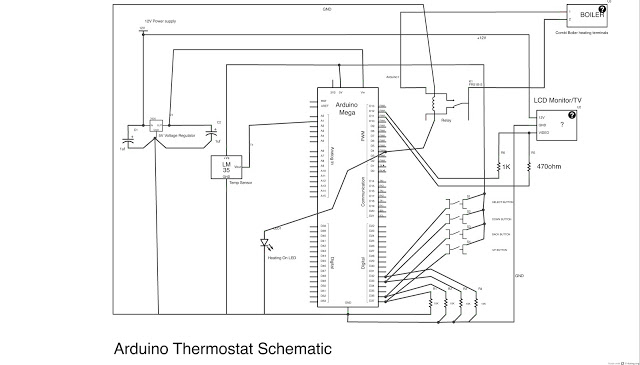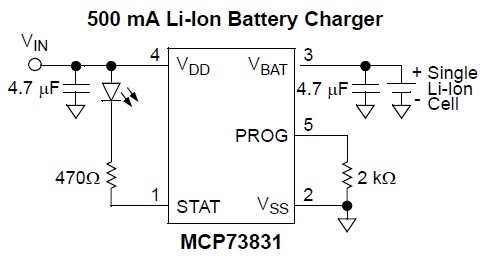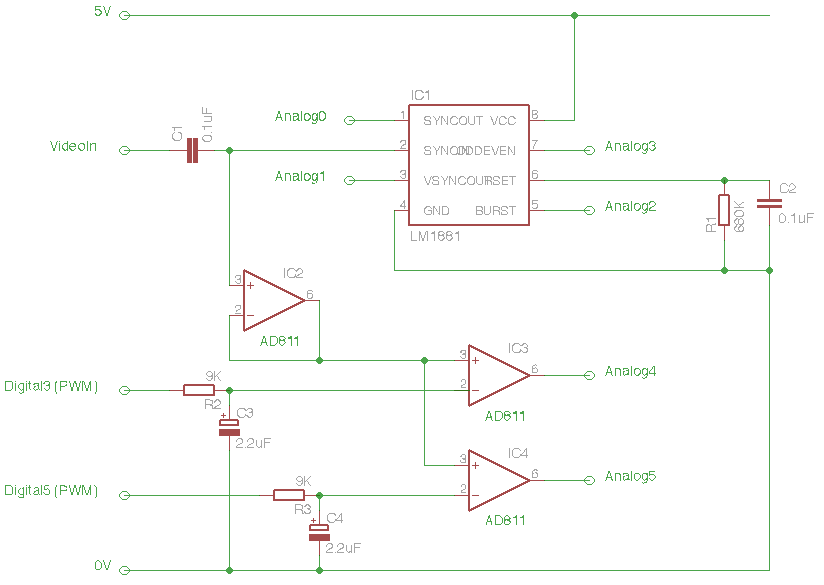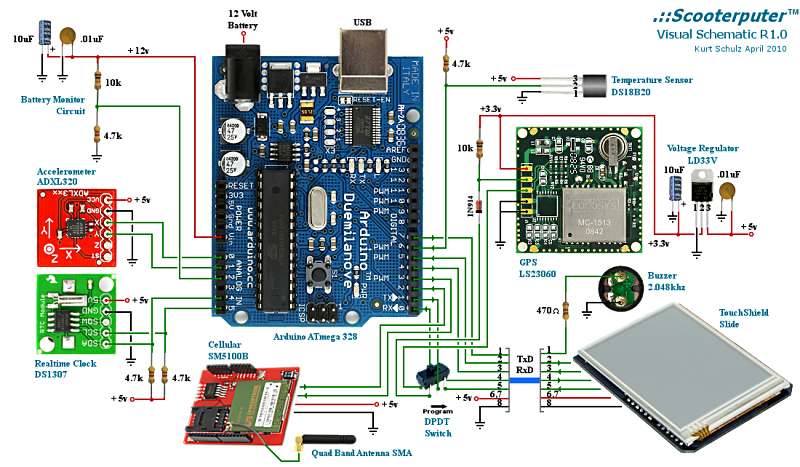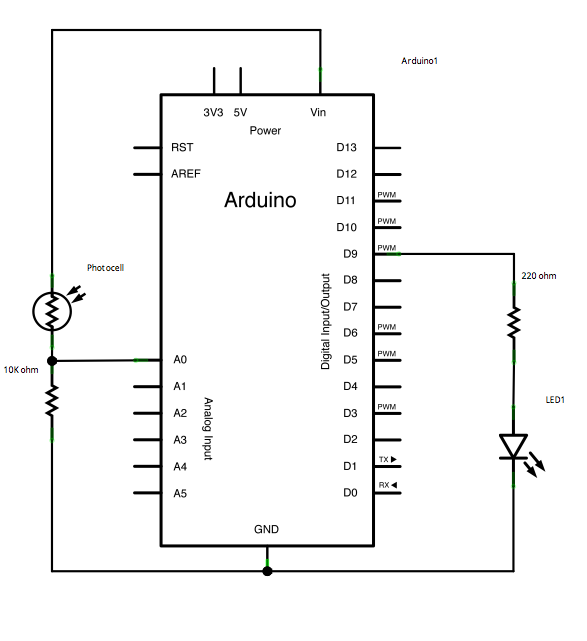
Arduino Uno
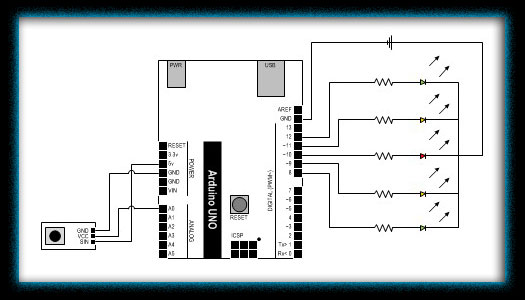
Finally, an Arduino Uno Open Source Prototyping Platform has been purchased, and the first impressions are noteworthy.
The Arduino Uno is a widely used microcontroller board based on the ATmega328P microcontroller. It features 14 digital input/output pins, six analog inputs, a USB connection for programming, a power jack, an ICSP header, and a reset button. The board operates at 5V and can be powered via the USB port or an external power source.
The Arduino Uno is designed for ease of use, making it an excellent choice for both beginners and experienced electronics enthusiasts. It supports a variety of programming languages, primarily C and C++, and can be programmed using the Arduino Integrated Development Environment (IDE), which simplifies the coding process by providing a user-friendly interface and a rich library of pre-written code.
In terms of connectivity, the Arduino Uno can interface with various sensors, actuators, and other electronic components through its digital and analog pins. This versatility allows for the creation of a wide range of applications, from simple LED blinking projects to complex robotics and IoT systems.
The board also includes a built-in LED on pin 13, which serves as a useful debugging tool. Additionally, the Arduino community offers extensive resources, including tutorials, forums, and project examples, which can greatly assist users in their prototyping endeavors.
Overall, the Arduino Uno serves as a robust platform for electronic prototyping, fostering innovation and creativity in the field of electronics.Well I finally got round to purchasing an Arduino Uno Open Source Prototyping Platform and first impressions are. 🔗 External reference
The Arduino Uno is a widely used microcontroller board based on the ATmega328P microcontroller. It features 14 digital input/output pins, six analog inputs, a USB connection for programming, a power jack, an ICSP header, and a reset button. The board operates at 5V and can be powered via the USB port or an external power source.
The Arduino Uno is designed for ease of use, making it an excellent choice for both beginners and experienced electronics enthusiasts. It supports a variety of programming languages, primarily C and C++, and can be programmed using the Arduino Integrated Development Environment (IDE), which simplifies the coding process by providing a user-friendly interface and a rich library of pre-written code.
In terms of connectivity, the Arduino Uno can interface with various sensors, actuators, and other electronic components through its digital and analog pins. This versatility allows for the creation of a wide range of applications, from simple LED blinking projects to complex robotics and IoT systems.
The board also includes a built-in LED on pin 13, which serves as a useful debugging tool. Additionally, the Arduino community offers extensive resources, including tutorials, forums, and project examples, which can greatly assist users in their prototyping endeavors.
Overall, the Arduino Uno serves as a robust platform for electronic prototyping, fostering innovation and creativity in the field of electronics.Well I finally got round to purchasing an Arduino Uno Open Source Prototyping Platform and first impressions are. 🔗 External reference
